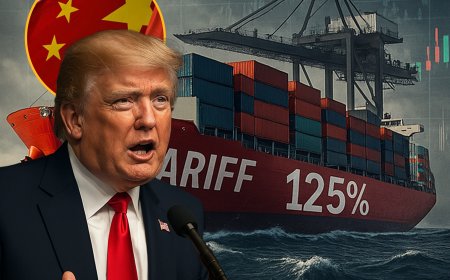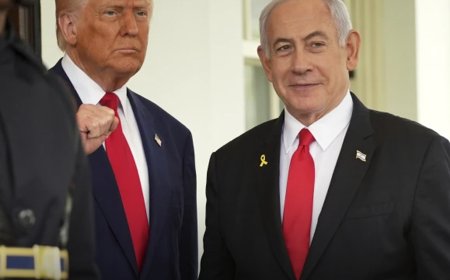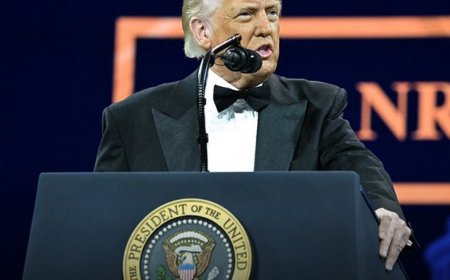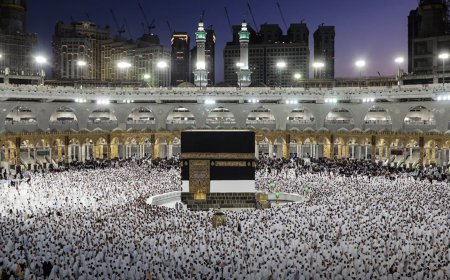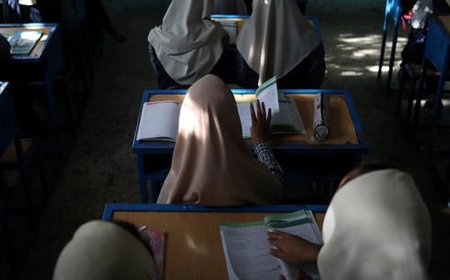The Price of Pretty: How Taxes in Pakistan Are Draining Your Beauty Budget
Ever stood in a store, eyeing that perfect shade of lipstick or a sleek bottle of perfume, only to balk at the price tag? In Pakistan, it’s not just the brand name jacking up the cost—it’s the taxman lurking behind every mascara wand and shaving cream tube.

Ever stood in a store, eyeing that perfect shade of lipstick or a sleek bottle of perfume, only to balk at the price tag? In Pakistan, it’s not just the brand name jacking up the cost—it’s the taxman lurking behind every mascara wand and shaving cream tube. For many of us, cosmetics aren’t just vanity; they’re confidence in a bottle, a little boost to face the day. But with taxes piling up like layers of foundation, that small indulgence feels more like a luxury we can’t afford. So, what’s really going on with cosmetic taxes in Pakistan? Let’s unpack it, human to human.
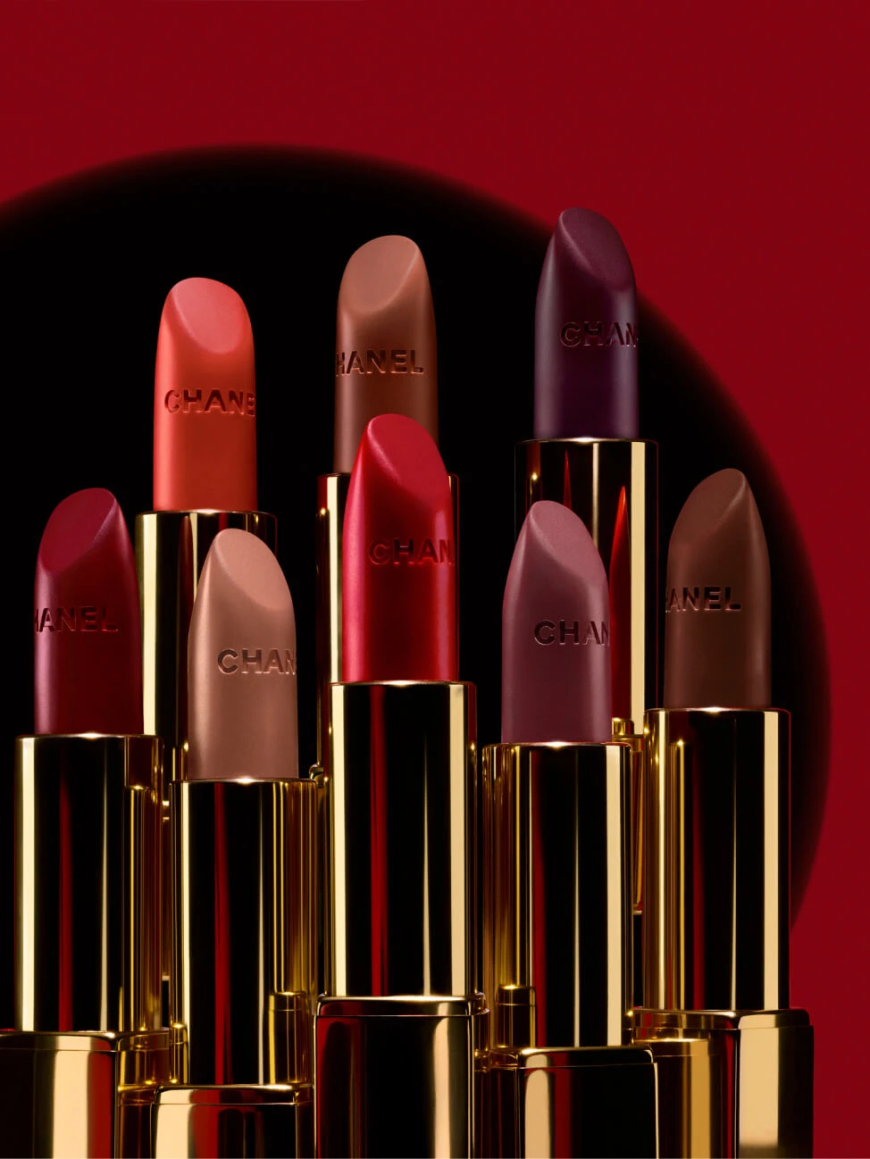
Imported Beauty: A Tax Rollercoaster
If your favorite blush or aftershave sailed across borders to reach you, it’s been hit with a triple whammy of taxes. Picture this: You’re a small shopkeeper importing a $100 batch of nail polish. Here’s how the Federal Board of Revenue (FBR) turns it into a budget buster:
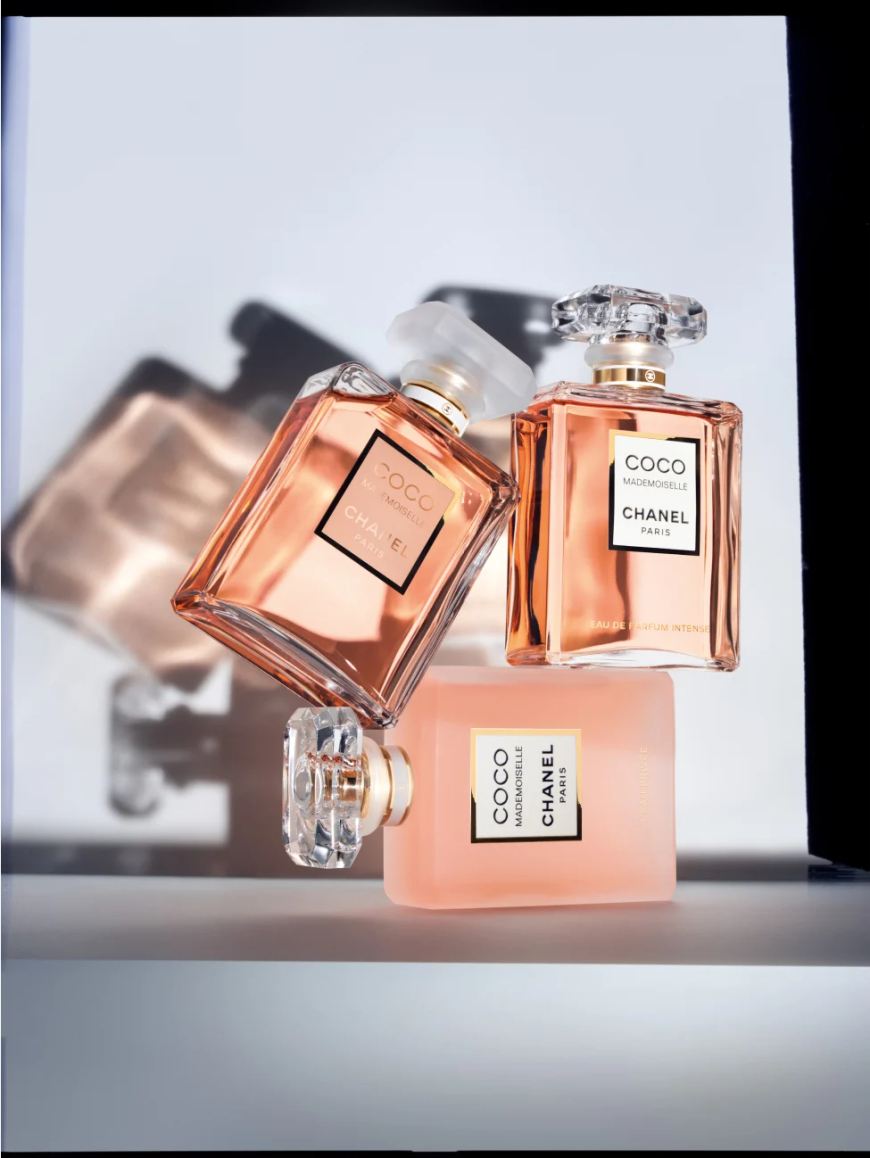
Customs Duty: This kicks off at around 20% for most cosmetics, based on their Harmonized System (HS) Code—like 3304 for makeup or 3307 for shaving stuff. Back in 2016, a Customs Valuation Ruling (No. 814/2016) set rates per kilogram: $15/kg for fancy ‘A’ category face creams, down to $1.45/kg for basic ‘D’ category scrubs. Those tiers still echo today, adjusted for inflation or new rulings. So, on our $100 batch (plus $20 shipping), that’s $24 in customs duty.
Regulatory Duty: Buckle up—since July 1, 2024, the FBR has slapped a 55% regulatory duty on nail polish, blushers, and skin bases under SRO 928(I)/2024. Shaving creams and soaps get 50%, while perfumes catch a lighter 20%. For our nail polish, that’s another $66 (55% of $120). It’s meant to nudge us toward local brands, but ouch, it stings.
Sales Tax: Just when you think it’s over, an 18% sales tax lands on the duty-paid value—$33.12 in our case. But if it’s a luxury item (think high-end makeup or premium razors), that jumps to 25% under a 2023 rule (SRO 297(I)/2023), adding $45 instead. Total tax on that $100 batch? A whopping $135 with standard tax, or $155 with luxury tax. You’re paying more in taxes than the polish itself!
That’s not hypothetical—it’s the reality for importers and, ultimately, you at the checkout counter. A Karachi mom I chatted with last week sighed, “I used to grab a perfume for my daughter’s birthday. Now, it’s a whole paycheck.”
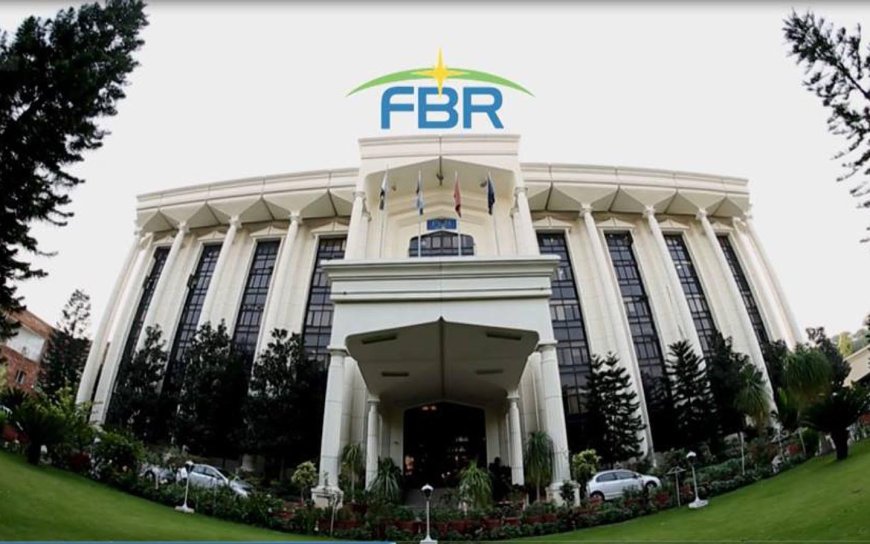
Local Cosmetics: Still No Break
Maybe you’re thinking, “I’ll stick to local brands—no import hassle, right?” Not so fast. Locally made or supplied cosmetics face an 18% sales tax straight off the bat, as per the Sales Tax Act, 1990 (updated 2023). If it’s a “luxury” product—like that artisanal Pakistani face mask you love—it’s 25%. No customs or regulatory duties, sure, but that’s still a chunk of change. A Lahore-based makeup artist told me, “I source local lipsticks to keep costs down, but the tax still eats half my profit. Clients feel it too.”
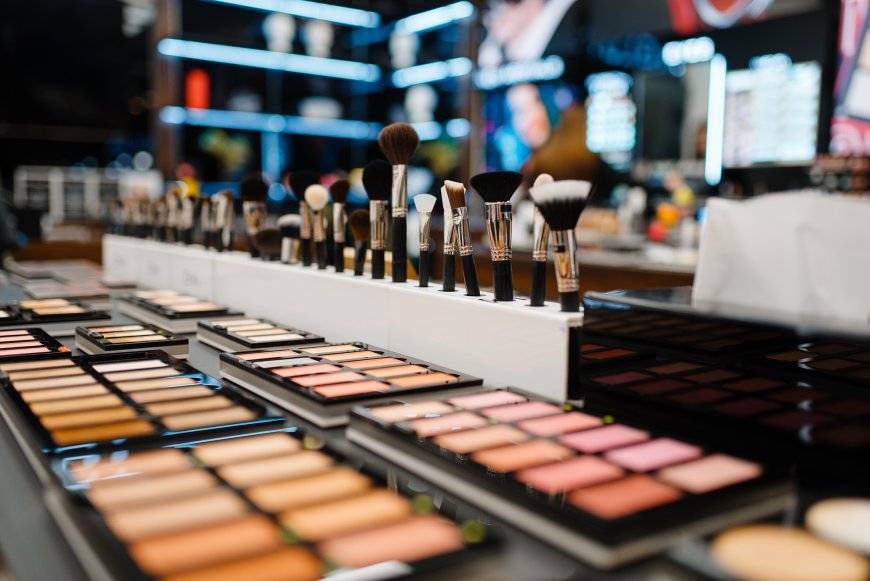
Why Are We Paying So Much?
The FBR says it’s about revenue and protecting local industries. Customs duties fill government coffers, while regulatory duties push us to “buy Pakistani.” Fair enough—except global brands like L’Oréal or Nivea still rule our hearts (and Instagram feeds). Meanwhile, local manufacturers get a tiny breather: raw materials imported for in-house production (like oils or pigments) can dodge value-added tax under specific exemptions. But for finished products? No mercy.
Take trade agreements—Pakistan’s got deals with China or the EU, but cosmetics rarely get special tariff breaks. The general rate applies unless an SRO says otherwise, and those updates drop like surprise plot twists. Just last year, a 10% duty hike on imported soaps caught retailers off guard.
Real-Life Impact
For you and me, it’s personal. That $50 perfume from Dubai? With a 20% customs duty ($12), 20% regulatory duty ($12), and 25% sales tax ($21), it’s $95 before it hits the shelf—then add the store’s markup. A Peshawar student shared, “I save up for months for one good moisturizer. It’s not just skincare; it’s my sanity.” Small businesses feel it too—importers juggle razor-thin margins while local sellers scramble to compete with tax-laden imports.
Navigating the Maze
Taxes depend on the item’s HS Code, its “luxury” status, and the latest FBR mood swing (check fbr.gov.pk for fresh SROs). A tube of lipstick might dodge the 55% regulatory hit, but a blusher won’t. Need precision? Dig into the customs tariff schedule or ping the FBR helpline—if you’ve got the patience.
The Human Cost of Beauty
In Pakistan, cosmetics aren’t just products—they’re little acts of self-love, a groom’s prep for his big day, a teen’s first step into confidence. But with taxes soaring past 90% on some imports, that joy’s getting pricier. Next time you swipe on that gloss or lather up, know you’re not just paying the brand—you’re footing a tax bill that’s as layered as your skincare routine.
Got a tax tale of your own? Drop it in the comments. Bitknow is here to unpack how policies hit where they hurt.
What's Your Reaction?







